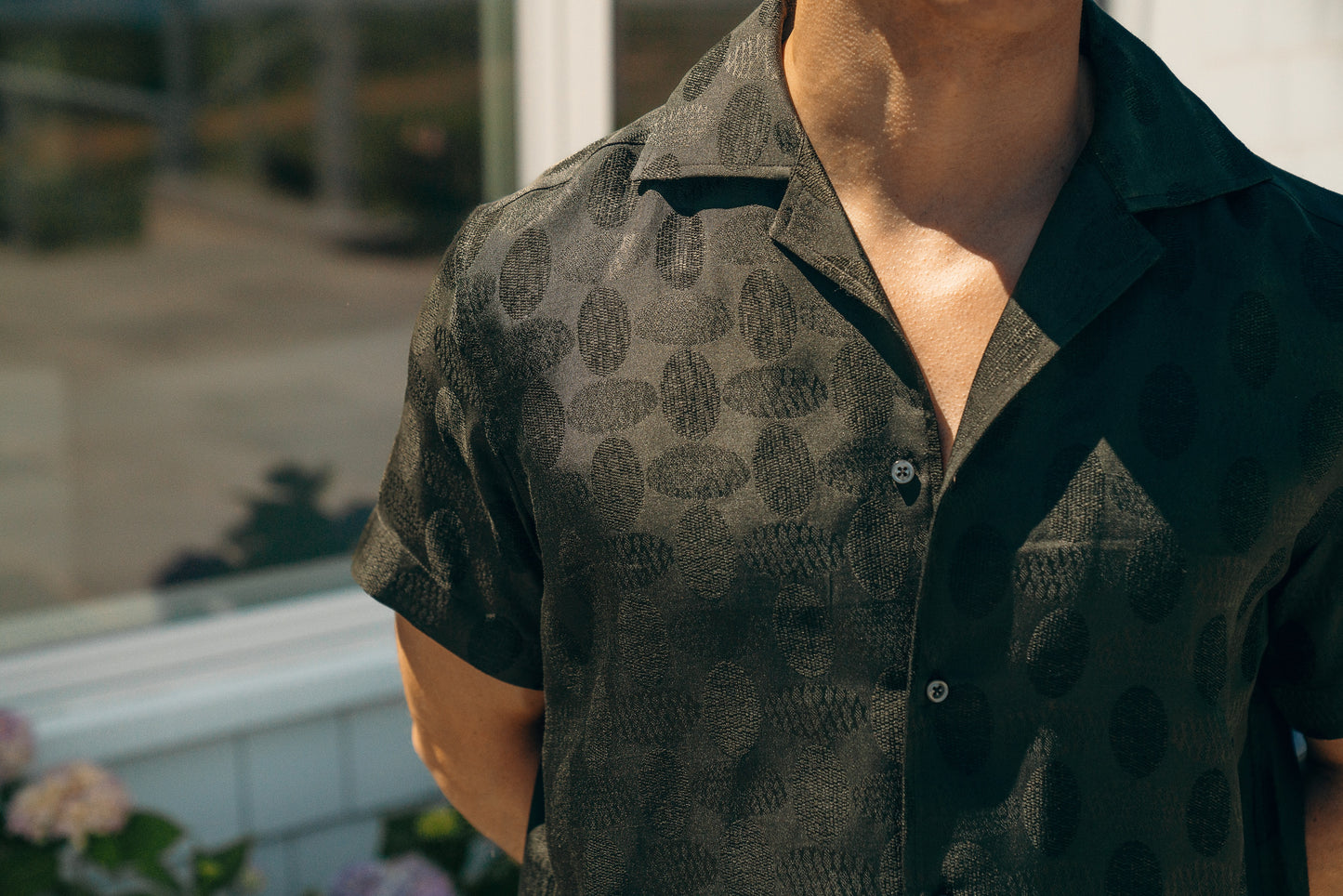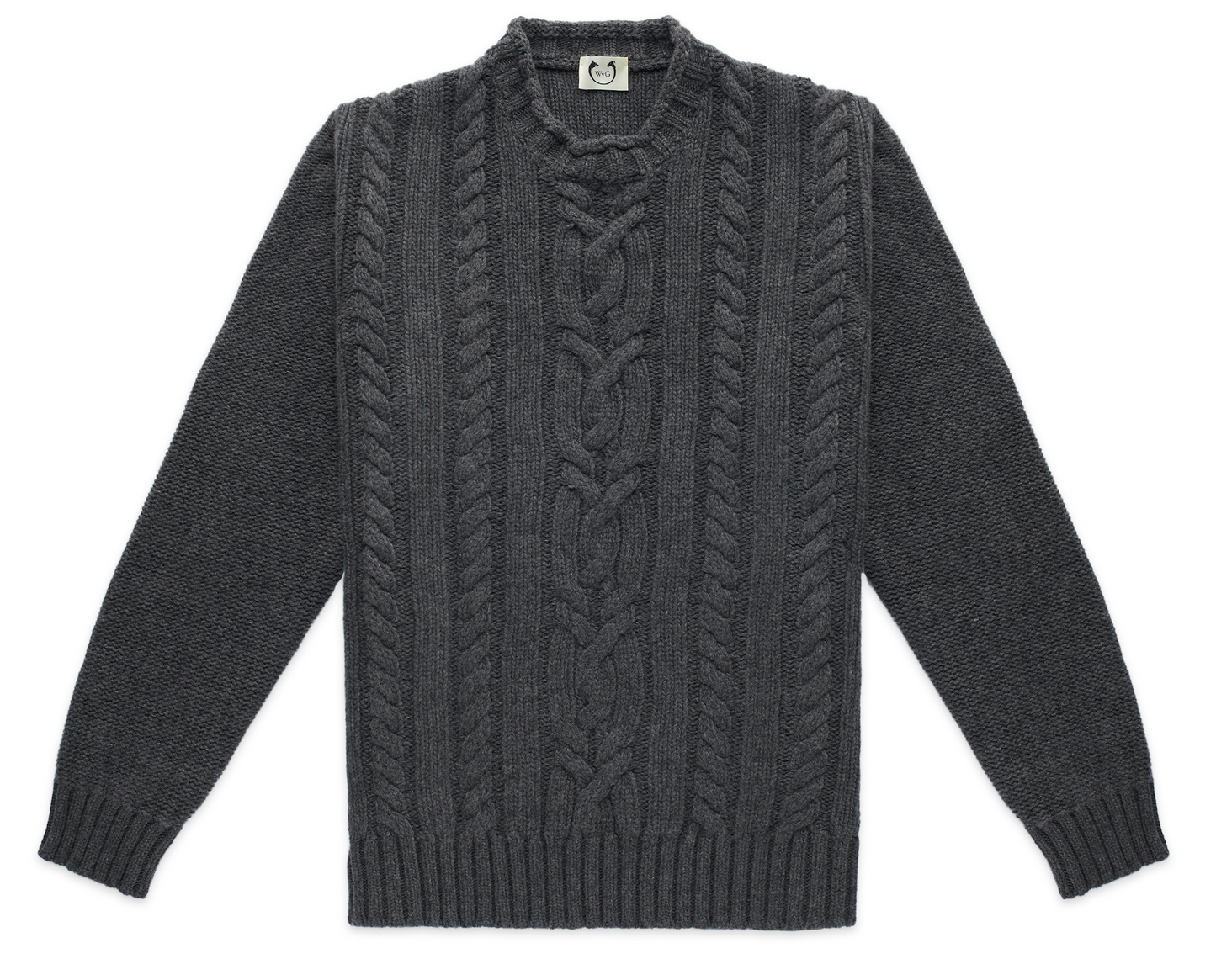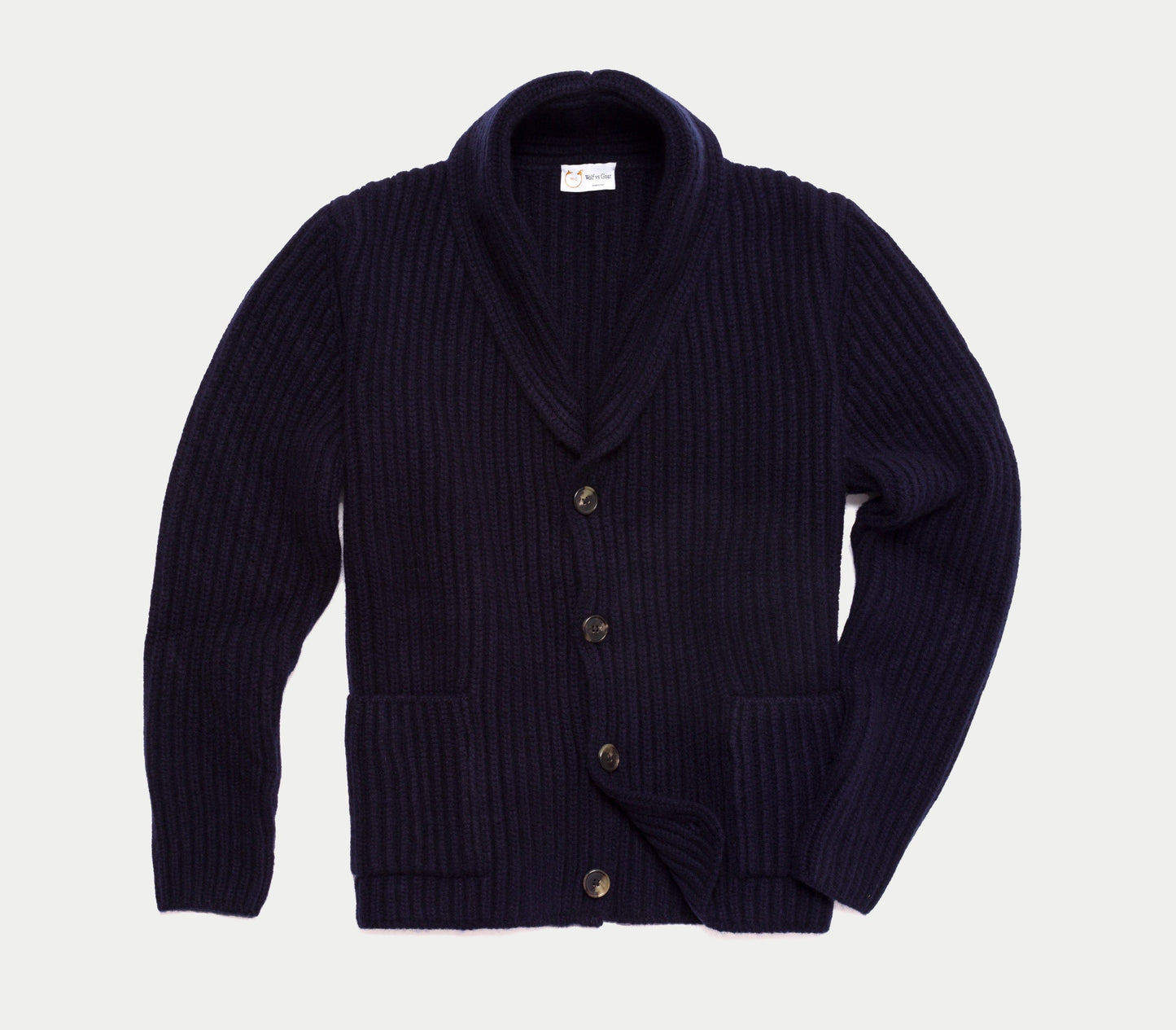Blog
Baby Cashmere & Arctic Fox: Understanding Two Rare Fibers
When rare animal fibers are discussed, names like qiviut, vicuña, and baby cashmere often appear. Arctic fox down sometimes enters the conversation as well, often referred to as “arctic fox qiviut.” Both are unusual, but they exist in different contexts. Arctic fox fiber remains mostly experimental, while baby cashmere is a defined, traceable category produced at scale by leading mills. At WvG, we work with baby cashmere because it offers consistency, measurable quality, and proven performance in knitwear. Arctic Fox Fiber: A Natural Rarity Arctic foxes develop a dense undercoat to survive extreme northern winters. This fine down can, in...
The 14-Ply 100% Cashmere Rollneck by WvG: A Sweater of Substance
WvG’s 14-ply 100% cashmere rollneck, spun from yarn by the legendary Cariaggi mill in Italy, is engineered with a density and resilience that set it apart from industry norms. From the first wear, the difference is unmistakable: richer weight, sharper structure, and a quiet authority that only the best cashmere can deliver. The Cashmere Behind the Build Cariaggi has long been regarded as one of the world’s most exacting cashmere spinners, sourcing ultra-fine fibers from carefully selected herds in Inner Mongolia. Their fibers are prized for micron-level consistency and softness, giving the rollneck its foundation. But what transforms this sweater isn’t...
The 10-Ply Cardigan That Redefines “Classic”
Some cardigans are made to layer. This one is built to last. Crafted from Zegna Baruffa’s Cashwool®, spun in Borgosesia, Italy, and constructed in a dense 10-ply knit, this cardigan merges refined softness with the structural integrity needed for daily wear. Every piece is fully fashioned in Italy, shaped stitch by stitch for precision. Cashwool®: Merino Engineered for Longevity Cashwool® is Baruffa’s signature yarn, developed in the 1970s and still regarded as one of the most versatile merino yarns in the world. Spun from extra-fine fibers as thin as 19.5 microns, its finishing and spinning process gives the yarn the...
Tariffs
In light of recent news, we wish to address our standpoint concerning our products. The guiding principle of WvG has consistently been to source the finest quality fabrics, collaborate with highly skilled craftsmen and factories, and deliver superior goods at competitive prices. We are currently evaluating all our options and assessing the potential impact of tariffs on our products. Nonetheless, our dedication to our core values remains steadfast. For the immediate future, we will not be increasing prices, but we are considering all possibilities, and this may change subsequently. We want to reassure our customers that our commitment to our...





